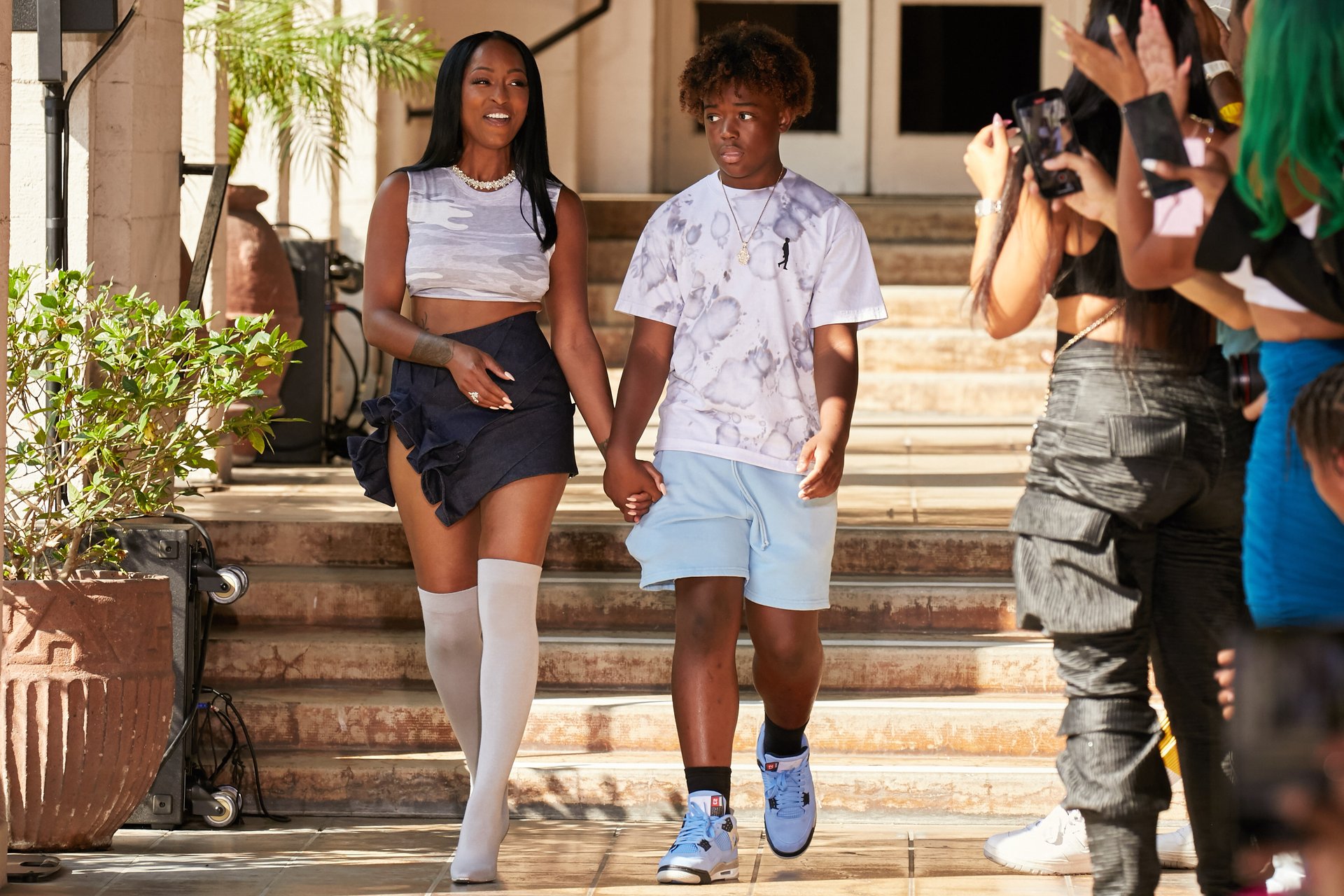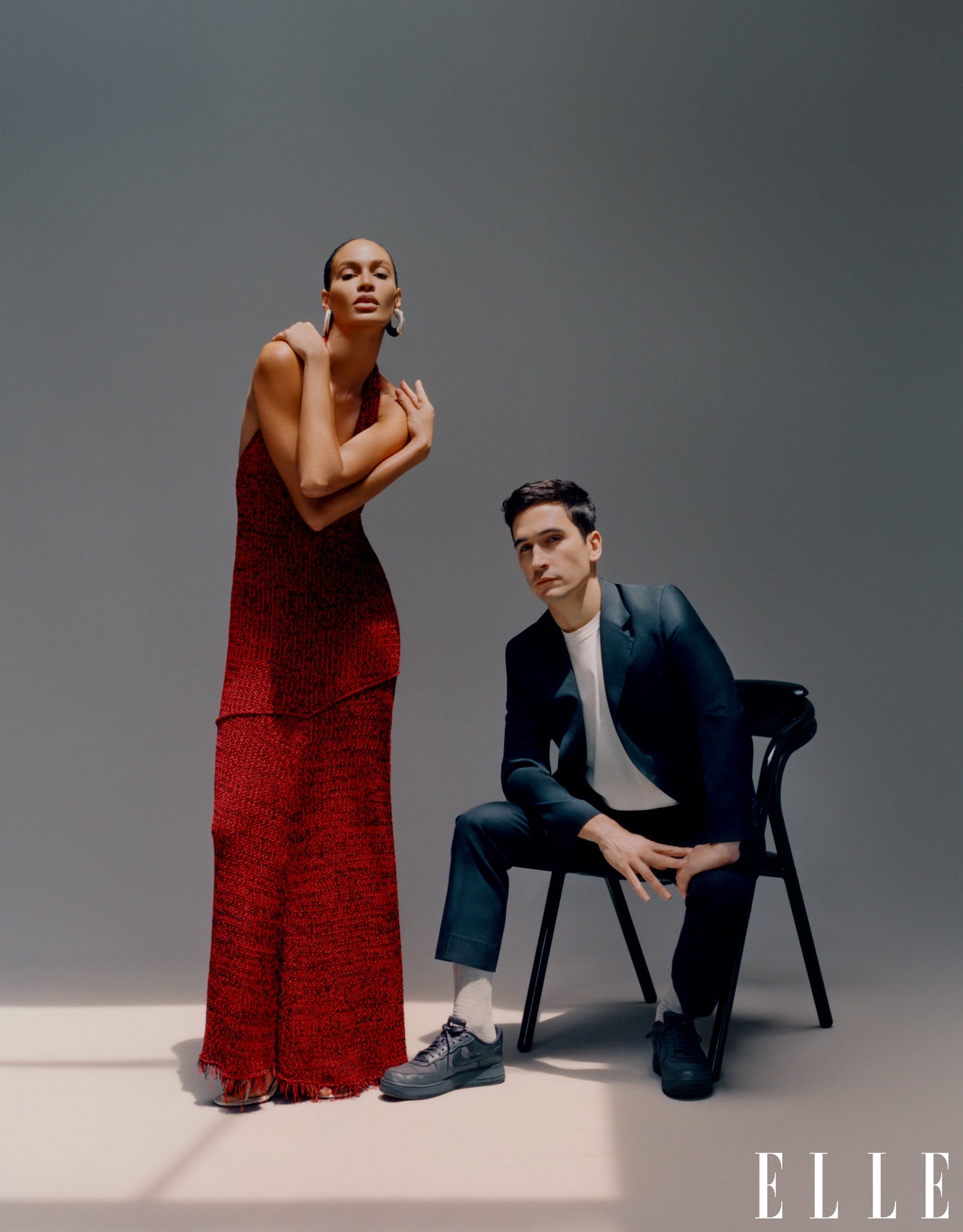Dr. Ben Barry on Ushering in a New Era of Education
August 25, 2021
Jackie Shihadeh
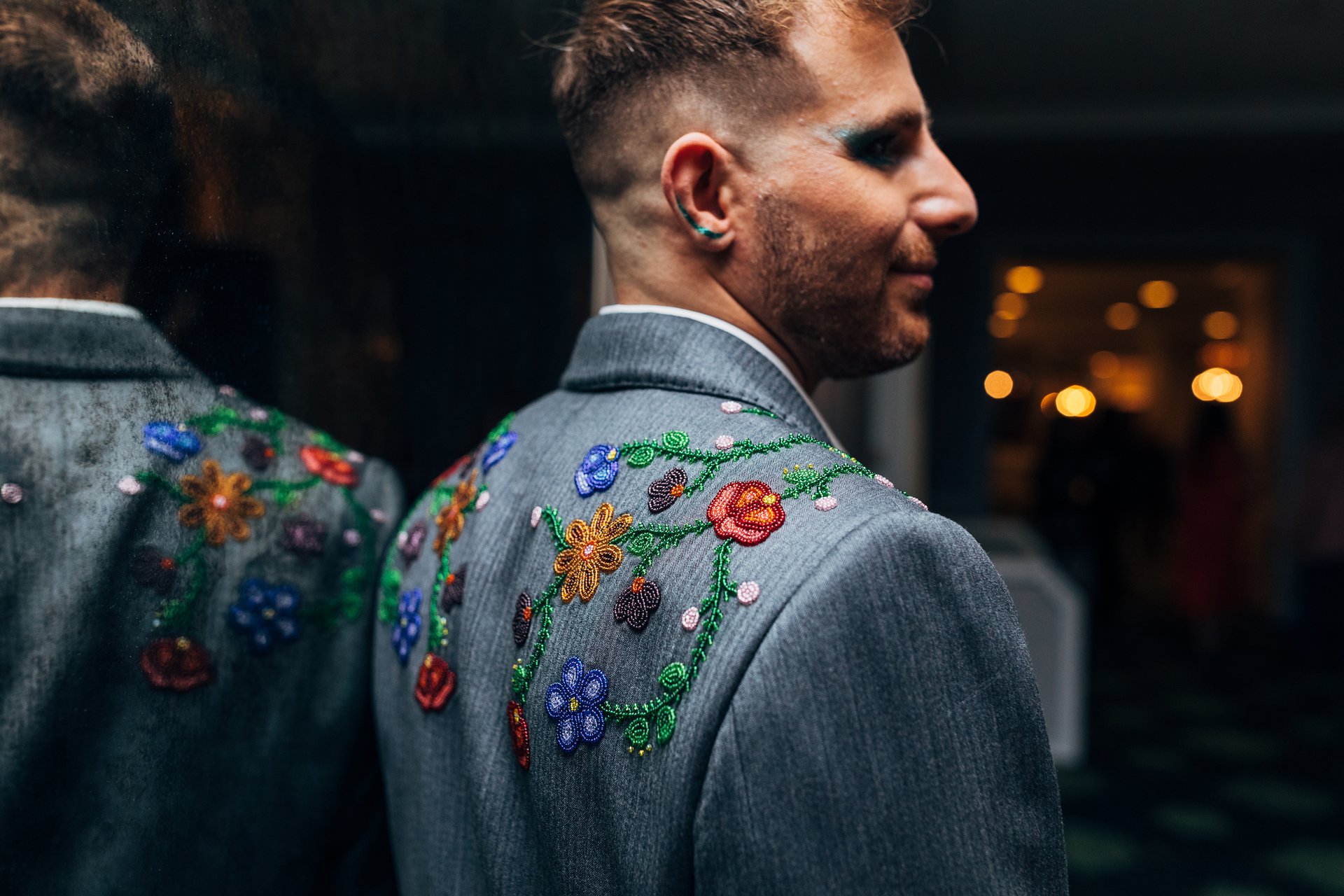

Starting in July, the incoming Dean of Fashion at Parsons, Dr. Ben Barry, brings with him a new era of transformation to the school. A professor, researcher, and activist, Dr. Barry has dedicated his career to Equity, Inclusion, and Decolonization in fashion. Beginning at just 14, Barry established a successful modeling agency built on the principles of inclusivity and representation. Years later, the Ben Barry Agency carries on, while he has turned his focus to education. Barry previously served as the Chair of Fashion at Ryerson University, where he led the department through deep transformation by embedding inclusion, decolonization, and sustainability into its curriculum and culture.
Recently, we connected with Dr. Barry to get his thoughts on the future of fashion education as he heads into his new phase at Parsons.
Dr. Barry, thank you for taking the time to speak with me. I can imagine how busy you must be in your new role as Dean of Fashion at Parsons. How have your first few weeks been?
I just moved to New York City from Toronto, and so my husband, our dog Apple, and I have been getting our home all set up. We’ve been loving the city’s parks. Since we arrived, we have turned breakfast into a picnic in the park each weekend! And as a celiac, discovering the amazing gluten-free bakeries and restaurants has made my heart (and stomach!) feel at home.
Over the past few weeks, I’ve started to meet the staff and faculty in the School of Fashion. We’re getting to know each other and learning about our journeys to Parsons. I’ve also been asking them about their visions for the School of Fashion and, as Dean, how I can best support them and uplift the community. I’ve also been preparing for the School of Fashion’s move into a stunning new space on campus. It will be the school’s central hub and house our MFA studios. What an exciting way to start a new school year and celebrate our return to campus!
What are you most excited about in your new role?
There is so much! Where do I begin! I’m excited to radically re-imagine new models of fashion education with the faculty, staff, and students at Parsons. I’m deeply invested in creating a fashion curriculum that is grounded in equity, inclusion, and social justice, and to be continuously accountable to these principles. But designing new models of fashion education can’t happen alone. I’m excited to be in a city with such a vibrant industry and with other fashion schools, and I hope to collaborate on creating these new models of fashion education. I’m especially excited to develop design pedagogies that de-center whiteness and that center fat and disabled bodies. Because of Parsons’ global impact, what we develop in this space can inspire changes in fashion education more broadly.
Equity, Diversity, and Inclusion are pillars that you’ve incorporated into your career since the start. Tell us more about why that’s important to you, and how you plan to bring those pillars to your role at Parsons?
For me, these pillars come from a personal place. As a white, thin, cis-gender man, I recognize that my body allows me to be seen, heard, and hired as a leader in this world, and so I try to deliberately use my body to amplify communities who are the most vulnerable and to shift power. I’m also queer and have low vision. While I’ve experienced material forms of exclusion in my life, I’ve also come to understand my queerness and disability as sources of wisdom and creativity. I don’t want folks to experience pain and trauma when engaging with the fashion industry, but it can’t stop there. I want to help create an industry in which folks who have been at the margins fill the industry because their lived experience is vital fashion knowledge.
What attracted me to Parsons was that social justice is not new to the community. Many faculty and staff have long grounded these values in their work, such as developing courses on disability and all gender fashion design. But, there is a lot more to be done to decenter whiteness, amplify Indigenous fashion resurgence, and cultivate fat liberation in the curriculum. My intention is to heed the work that is underway by making justice the core ethos of the School of Fashion’s curriculum and culture; it will be the lens that guides our priorities and decision-making.
When I applied for the role of Dean, I gave a job talk that I called “Justice in Fashion.” I shared a framework of how I would work with the community to embed social justice into every facet of the School of Fashion. My goal for this academic year is to work with faculty, staff, students, alumni and partners to generate a revised School of Fashion mission statement and guiding principles and to develop concrete actions that will make them real. To facilitate this change, I understand my role as Dean as centering care, and as honoring feedback from the most vulnerable folks in our community as acts of generosity and as necessary for transformation.
You are the first Dean of Fashion appointed at Parsons to hold a PhD. What sort of impact do you see this having on the educational environment of the school?
I’ve been told that I’m also the first Dean of Fashion who is also a faculty member! For me, this means that I’ll draw on my experiences of teaching courses, supervising students and working on research as a guide to how I support the faculty, staff and students. In addition to serving as Dean, I’m also Associate Professor of Equity and Inclusion in the School of Fashion where I’ll teach and work on research. I’m currently leading a project called Cripping Masculinity that explores how D/deaf, disabled, and nondivergent men and masculine people experience the world and make new worlds through fashion. My work as faculty shapes my understanding of fashion education: I believe that the purpose of fashion education is to lead the fashion industry by developing understandings and practices that create the industry not as it is but as it ought to be.
I also believe that a graduate degree only teaches you one way of knowing about the world and, moreover, you often need significant privilege to earn this degree. This often includes access to financial security, time and space, and knowledge of the academic system. As Dean, I am committed to valuing and celebrating multiple ways of knowing about fashion as equal, as well as to developing practices that reduce the barriers to pursuing graduate education.
What inspired you to pursue fashion through the lens of academia?
When I was 14 years old, I helped my friend who was told that she was “too big” to be a model by sending her photos to a magazine. The editor called me back, booked my friend for an editorial, and assumed I was her agent! With that call, I started a modeling agency that represented models of all bodies, races and ages. I ran my agency for 15 years. Despite this success, many fashion brands believed that only models who reflected a singular beauty ideal could be in their advertising and would translate into sales. Because my business taught me otherwise, I decided to research the impact of models of different sizes, ages and races in fashion advertising during my PhD at Cambridge University. I found that consumers increased sales for fashion brands when advertising used models who reflected their bodies. However, the advertisements and clothing featured in them needed to express fashion’s creativity, artistry and glamor.
My PhD taught me that diversifying models in fashion advertising was only one part of creating an inclusive fashion system. To create systemic transformation, we needed to change the worldviews and practices of the fashion designers, creatives and businesspeople who brought the fashion images to life. I thought that teaching in fashion school could help make this deep change; as an educator, I could work with students to develop radically different ways of thinking about fashion and practicing it, and students could then take these learnings with them when they finished school and entered the industry.
What do you think needs to change in the fashion industry today, and what would you say are the priority next steps?
One of the most important changes in the fashion industry today is moving beyond a singular understanding of fashion – one that is rooted in white Euro-American dominance and that is the direct result of colonialization and the trans-Atlantic slave trade. This begins by honoring the first fashion designers and systems on this land: Indigenous peoples and cultures. While a multiplicity of Indigenous fashion worldviews and practices have existed since time immemorial, this diversity has been devalued and much effort has been devoted to, unsuccessfully, destroy and erase them. The fashion industry’s priority should be to focus on amplifying the communities whose fashion practices and cultures have been persecuted and oppressed by Euro-American culture.
I think brands should devote time to educating their employees about fashion narratives and practices that they were denied the opportunity to learn about when they went to school. Brands should also be developing hiring practices and workplace cultures that intentionally recognize barriers to employment in the fashion industry, and create spaces for folks who have been excluded to be hired and flourish on their own terms. To do this work, all of us need to question take-for-granted assumptions about fashion and the fashion industry because these are often rooted in practices that maintain fashion’s exclusive status quo. There is an exciting opportunity for fashion schools and the fashion industry to work together on these initiatives.
Along those lines, what do you think are the biggest challenges facing education today and how do you hope to combat those as the Dean of Fashion?
One of the biggest challenges is access to fashion schools for faculty and students of color and/or who are disabled, fat-identified, trans and/or from other marginalized groups. The lack of access is embedded in the systemic relationship between classism, racism, and other systems of marginalization, as well as in the dominant whiteness, thinness and able-bodiedness of fashion school cultures. Having a diversity of folks in fashion school as students, faculty, and academic leaders is how we create deep change because they bring their understandings and perspectives into what happens in the classroom, and into school-wide programs, practices and the overall culture.
Parsons has already started to do the work of removing barriers for faculty and students from marginalized communities, and I’m excited to build upon it. For example, I’m committed to writing faculty job postings that recognize systemic barriers for people of color and honor equivalences to typical qualifications, such as youth mentorship, micro-entrepreneurship and community work as equal to graduate degrees and work at global fashion brands. I plan to work with fashion brands to continue to develop endowed professorships for faculty who specialize in, for example, Native American fashion design, fat fashion design and disability fashion design. I’m also hoping to develop a fellowship program for disabled fashion students at Parsons, in order to create pathways for disabled folks to become fashion professionals in the industry.
These initiatives will not only reshape the foundation of fashion education, but they will produce a new generation of fashion professionals who will bring a broader range of experiences, perspectives and practices to the design and business decisions of the fashion industry.

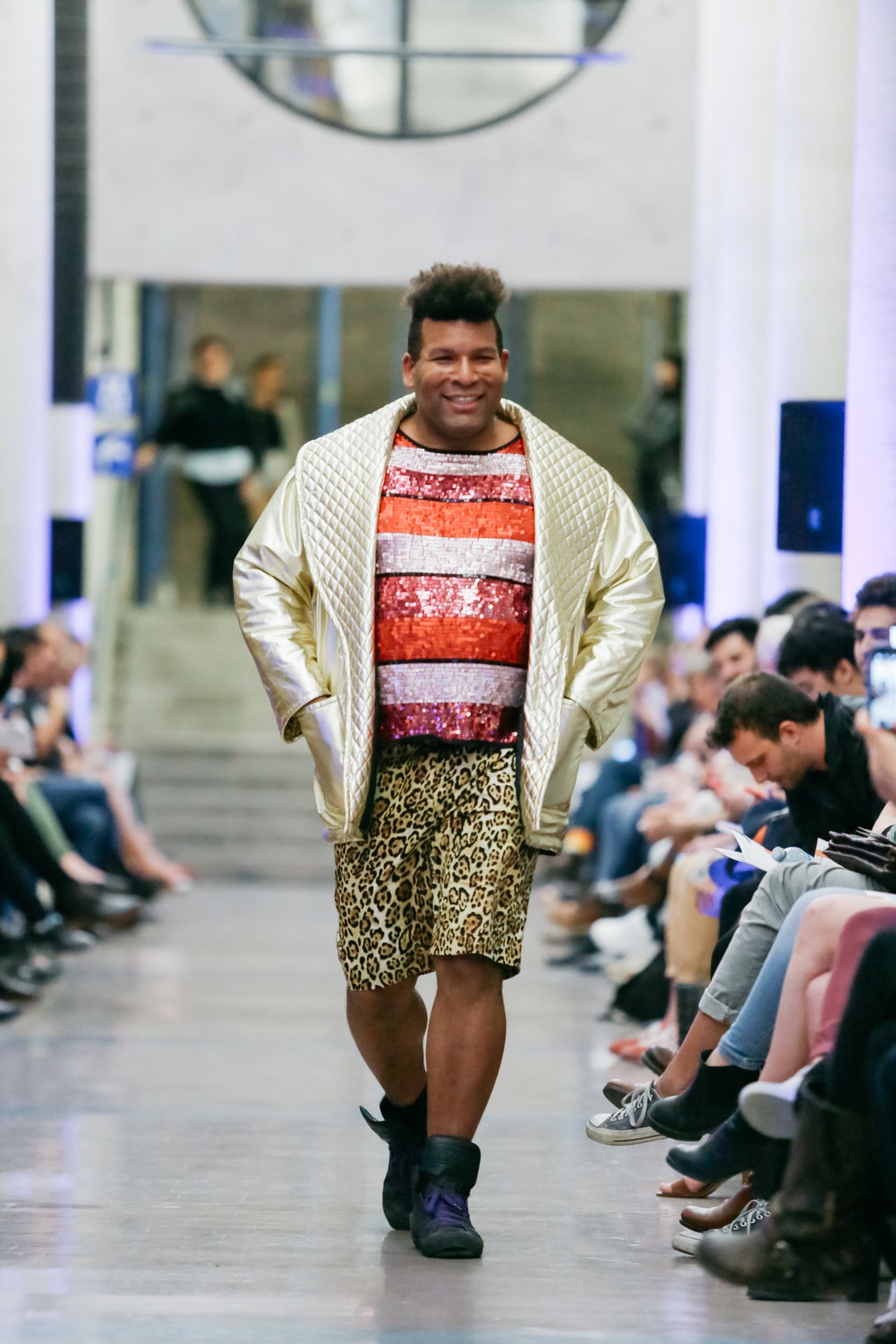
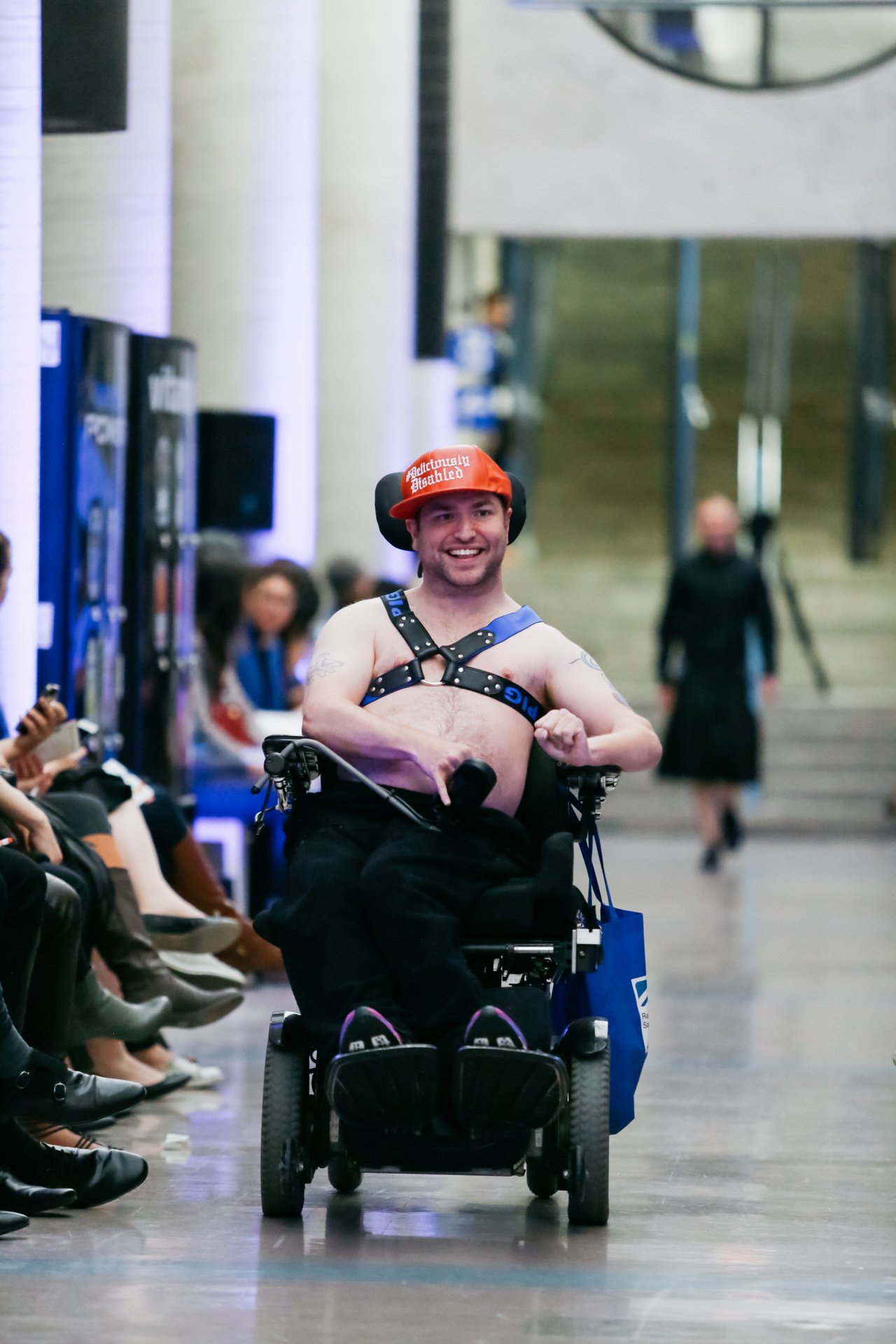

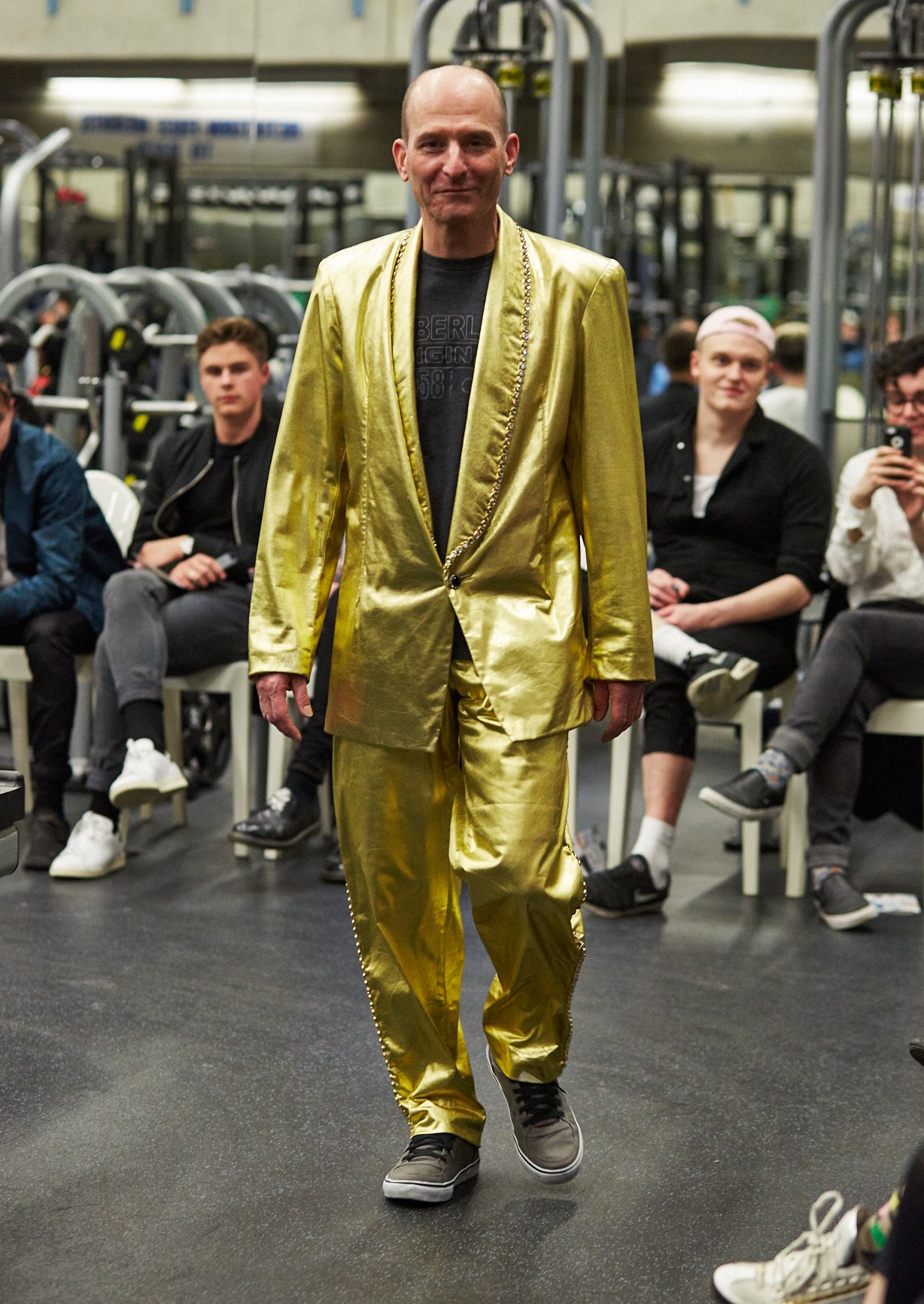

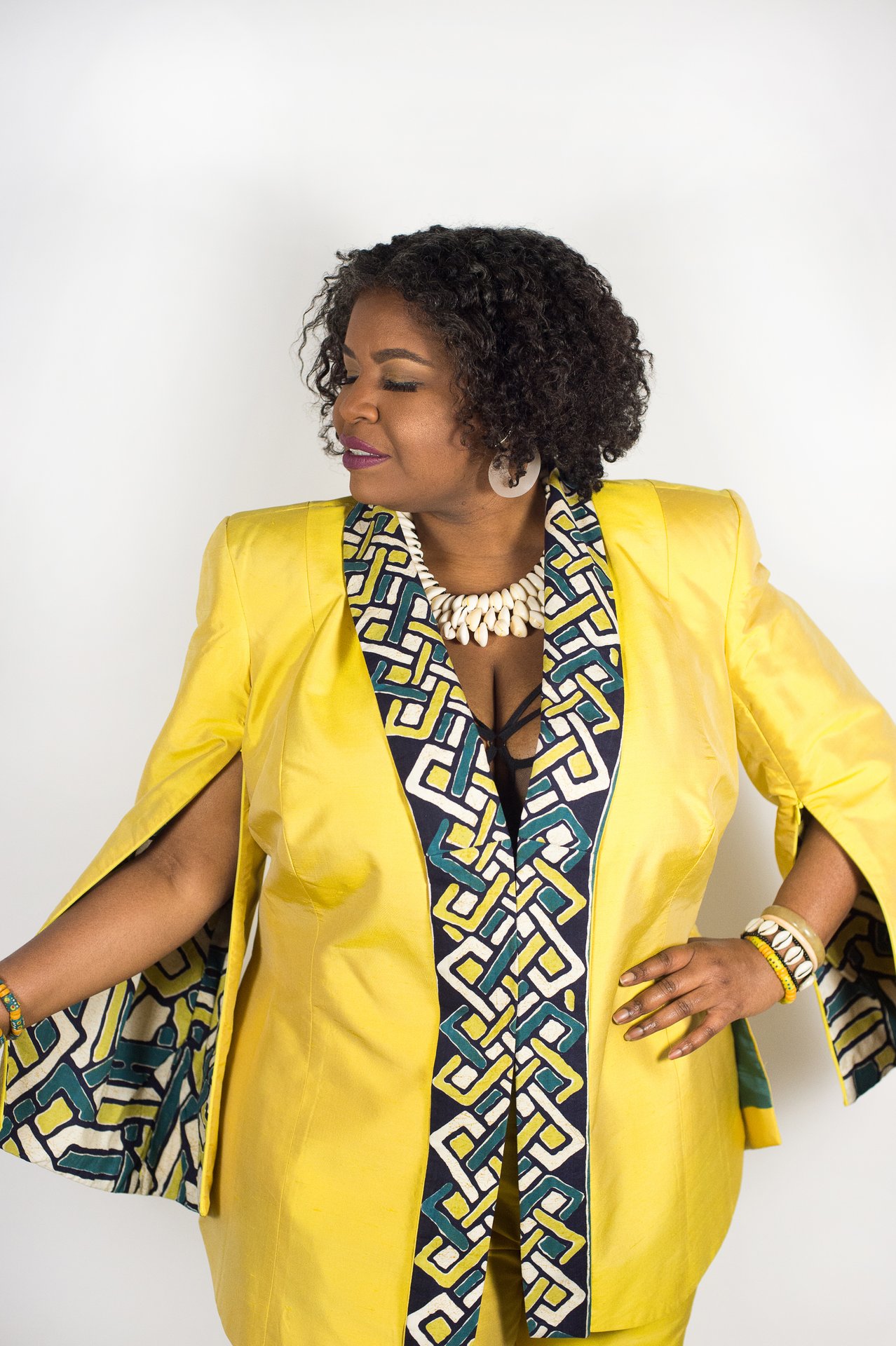

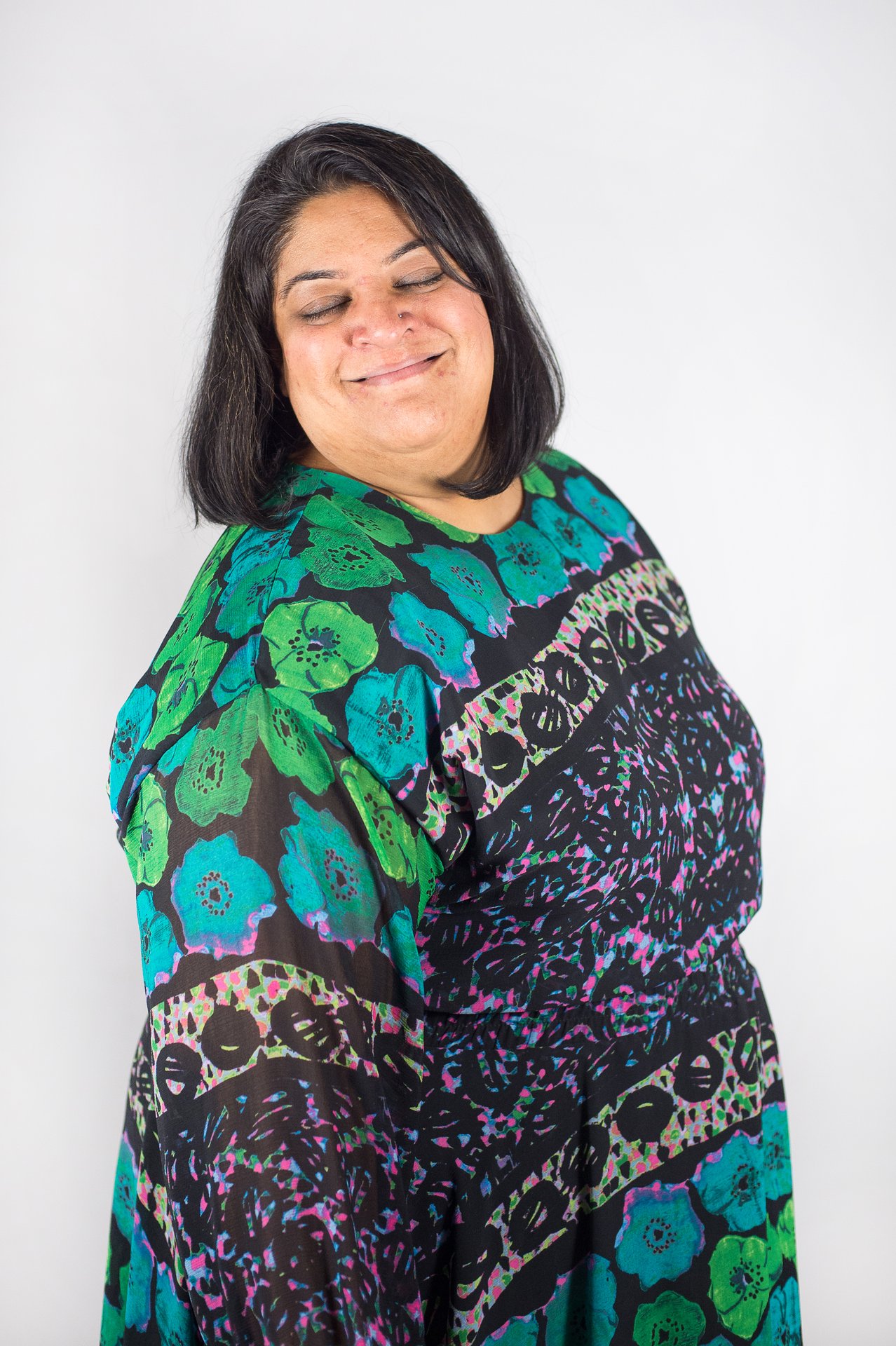
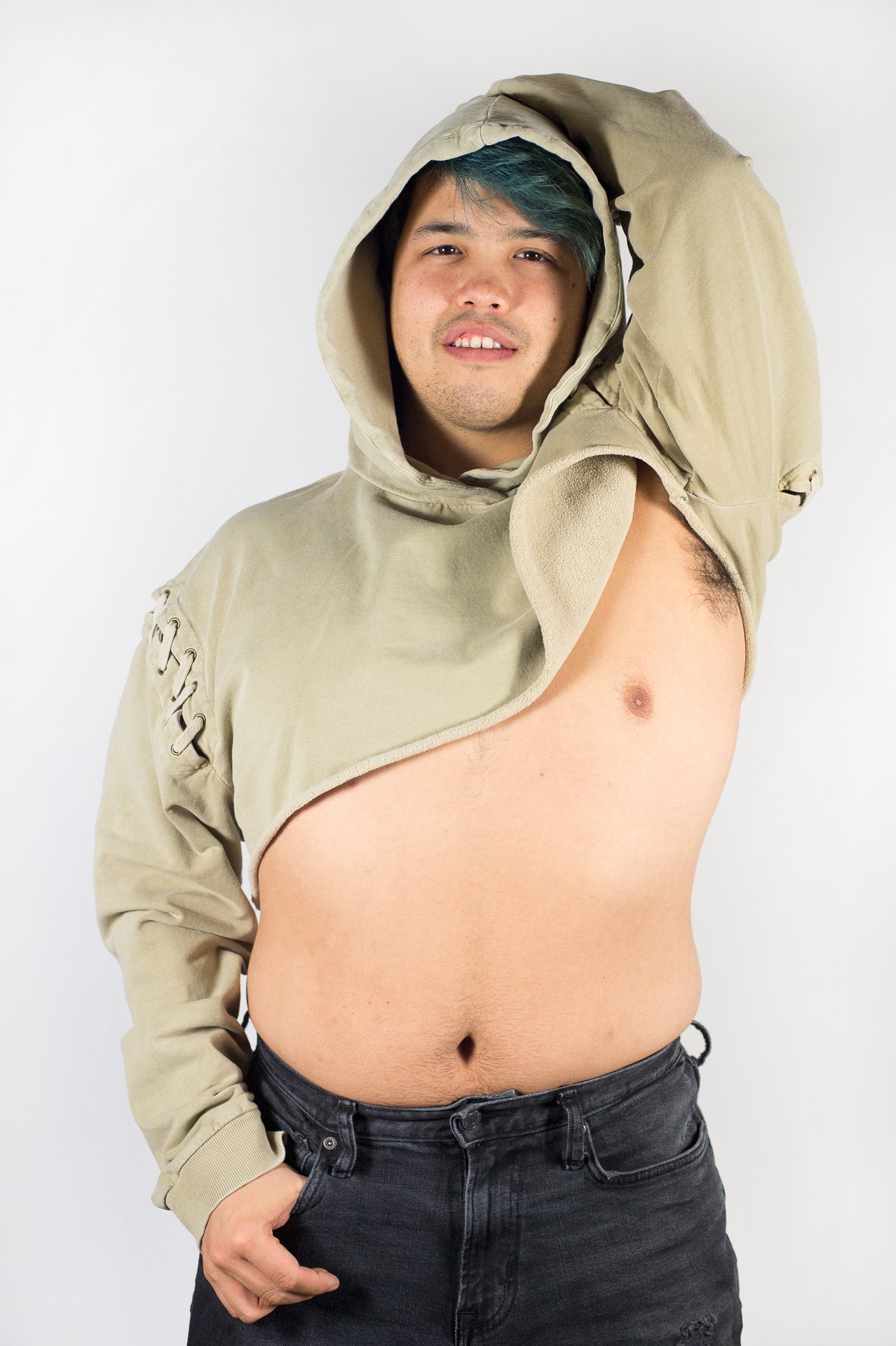
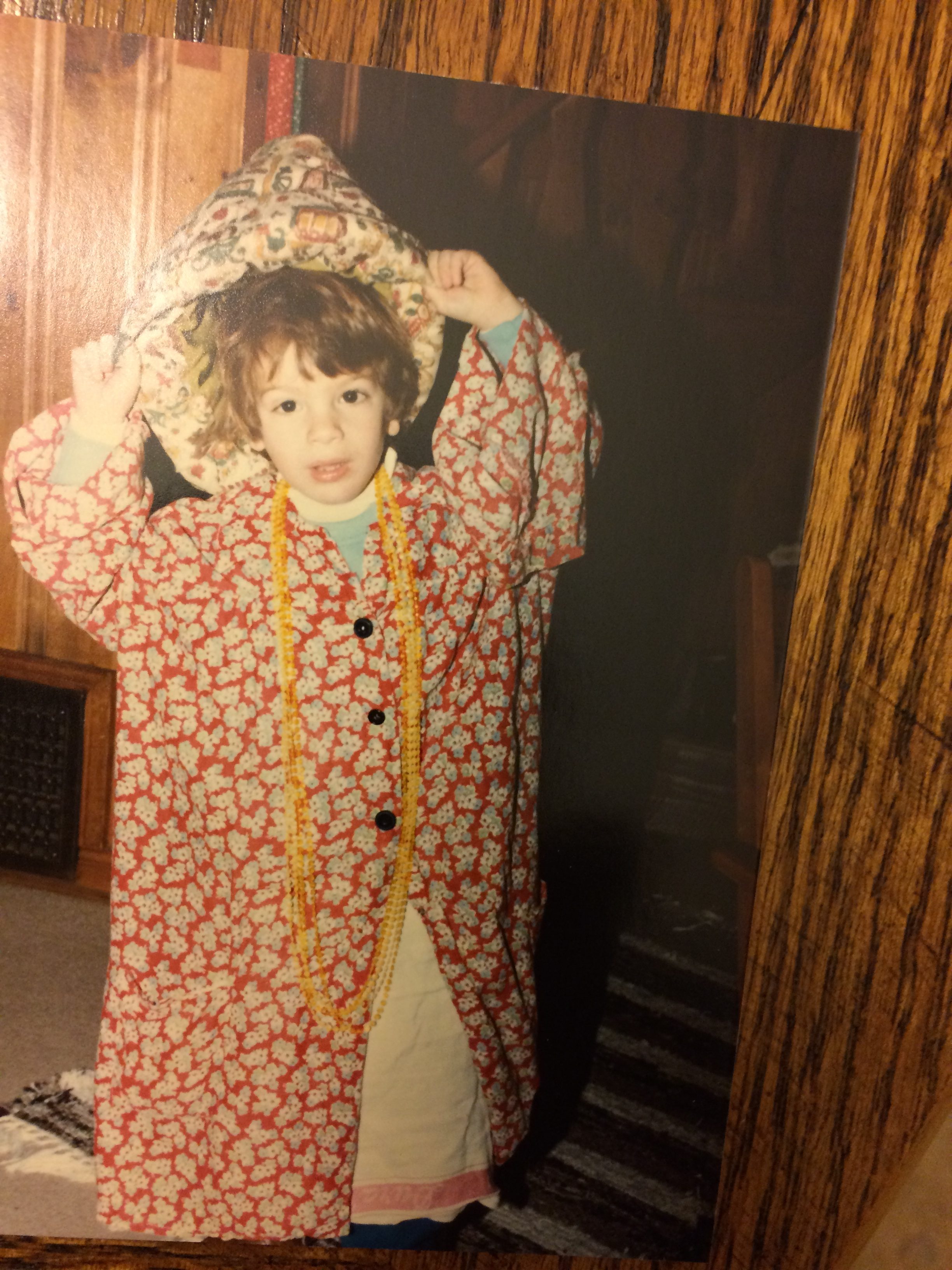
Refashioning Masculinity: exploring how men use fashion to navigate, challenge and reimagine masculinity and gender norms. Participants took part in wardrobe interviews about their clothes, and then co-created a fashion show to tell their stories of masculinity and gender.
Credit: Lawrence Cortez
Refashioning Masculinity: exploring how men use fashion to navigate, challenge and reimagine masculinity and gender norms. Participants took part in wardrobe interviews about their clothes, and then co-created a fashion show to tell their stories of masculinity and gender.
Credit: Lawrence Cortez
Refashioning Masculinity: exploring how men use fashion to navigate, challenge and reimagine masculinity and gender norms. Participants took part in wardrobe interviews about their clothes, and then co-created a fashion show to tell their stories of masculinity and gender.
Credit: Lawrence Cortez
Refashioning Masculinity: exploring how men use fashion to navigate, challenge and reimagine masculinity and gender norms. Participants took part in wardrobe interviews about their clothes, and then co-created a fashion show to tell their stories of masculinity and gender.
Credit: Lawrence Cortez
Refashioning Masculinity: exploring how men use fashion to navigate, challenge and reimagine masculinity and gender norms. Participants took part in wardrobe interviews about their clothes, and then co-created a fashion show to tell their stories of masculinity and gender.
Credit: Lawrence Cortez
Sizing Up Gender: exploring people's intersectional narratives of fat and gender through fashion. Participants took part in interviews about their clothing, and then took co-created photo shoots to showcase their favourite item of clothing.
Credit: Calla Evans
Sizing Up Gender: exploring people's intersectional narratives of fat and gender through fashion. Participants took part in interviews about their clothing, and then took co-created photo shoots to showcase their favourite item of clothing.
Credit: Calla Evans
Sizing Up Gender: exploring people's intersectional narratives of fat and gender through fashion. Participants took part in interviews about their clothing, and then took co-created photo shoots to showcase their favourite item of clothing.
Credit: Calla Evans
Sizing Up Gender: exploring people's intersectional narratives of fat and gender through fashion. Participants took part in interviews about their clothing, and then took co-created photo shoots to showcase their favourite item of clothing.
Credit: Calla Evans
Sizing Up Gender: exploring people's intersectional narratives of fat and gender through fashion. Participants took part in interviews about their clothing, and then took co-created photo shoots to showcase their favourite item of clothing.
Credit: Calla Evans
"As a queer, femme kid, I loved turning everything in my grandmother's house into looks!" -Ben Barry
